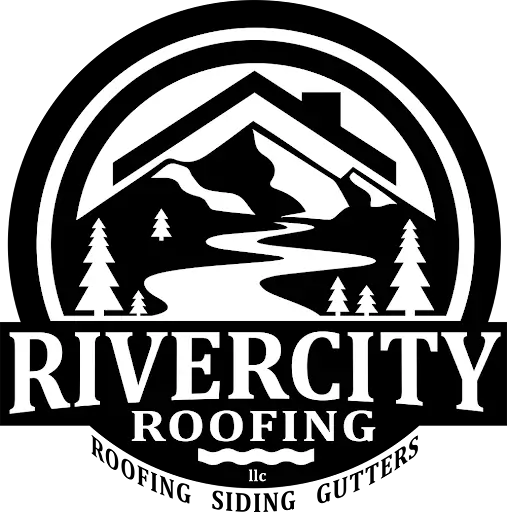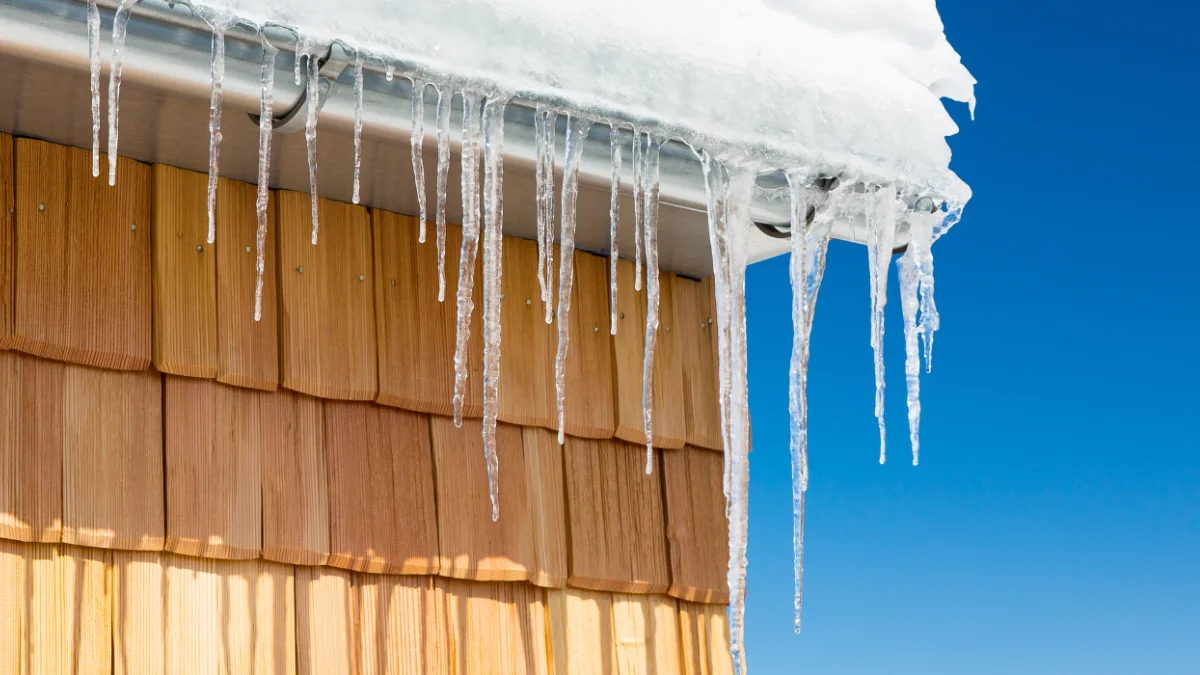Winter weather can pose significant challenges for homeowners, particularly when it comes to their roofs. One of the most concerning issues is the formation of ice dams, which can lead to serious roof damage. Many people wonder, “Can ice dams cause roof damage?” The answer is a resounding yes, and understanding this problem is crucial for protecting your home.
Ice dams occur when snow on a roof melts and then refreezes at the edge, creating a barrier that prevents proper drainage. This can result in water backing up under shingles and seeping into the house. The consequences can be severe, ranging from minor leaks to major structural issues. To grasp the full extent of the risks, it’s important to explore the types of damage ice dams can cause, their long-term effects, and ways to prevent them.
What Are Ice Dams?
Ice dams are ridges of ice that form at the edge of a roof, preventing melting snow from draining off properly. They occur on heated buildings with sloping roofs in cold climates with deep snow accumulation. The formation of ice dams has an influence on roof performance and can cause roof damage.
Ice dams develop when the upper part of the roof becomes warmer than the lower part. This temperature difference results from heat escaping through the roof due to poor insulation or air leaks. As snow on the warmer section melts, the water flows down to the colder eaves and refreezes, creating a barrier.
The ice buildup traps subsequent meltwater, which can then back up under shingles and leak into the house. This can lead to damage to the roof structure, insulation, ceilings, and walls. Additionally, large icicles forming along the eaves can pose a danger to people below if they fall.
To prevent ice dams from causing roof damage, it’s crucial to address the underlying causes, such as improving attic insulation and ventilation.
Free Roof Inspections. Fast. Reliable.
Is your roof ready to weather the storm? Dont risk property damage. Our free roof inspections provide expert analysis to identify potential issues before they become costly problems.
Types of Roof Damage Caused by Ice Dams
Ice dams can cause significant roof damage, leading to various issues for homeowners. When ice dams form, they prevent melting snow and ice from draining properly, causing water to back up under shingles and leak into the house. This can result in damage to the roof structure, insulation, ceilings, and walls. The weight of ice dams can loosen shingles, tear off gutters, and compromise the integrity of roofing materials. Water seeping into the attic can soak insulation, reducing its effectiveness and potentially causing structural damage if left unchecked. Additionally, the moisture can lead to the growth of mold and mildew, which can cause respiratory problems. Signs of ice dam damage include water stains on ceilings, damp streaks on interior walls, and moisture accumulation around window frames. In severe cases, the added weight of ice and snow can even lead to roof collapse, especially in older structures.
Long-Term Consequences of Ice Dam Damage
Ice dams can cause roof damage that has lasting effects on a home. Water leaking into the house due to ice dams can lead to mold and mildew growth, which thrives in moist environments. This can result in respiratory problems for occupants and compromise the structural integrity of the building. The moisture can also soak insulation, reducing its effectiveness and increasing energy costs. Over time, the repeated freeze-thaw cycles associated with ice dams can weaken roofing materials, leading to more frequent repairs or even premature roof replacement. Additionally, the weight of ice dams can cause gutters to loosen or tear off, further compromising the roof’s drainage system. Addressing ice dam damage promptly is crucial to prevent these long-term consequences and maintain the overall health and value of the home.
Conclusion
Ice dams pose a serious threat to the health and longevity of roofs, especially in cold climates. The damage they cause goes beyond simple leaks, potentially leading to structural issues, mold growth, and decreased energy efficiency. Understanding how ice dams form and the risks they pose is crucial for homeowners to protect their properties.
To keep your roof safe, it’s essential to take steps to prevent ice dams from forming in the first place. This means improving attic insulation, ensuring proper ventilation, and maintaining gutters. By being proactive, homeowners can avoid costly repairs and maintain the integrity of their homes for years to come. Remember, when it comes to ice dams, prevention is always better than cure.



